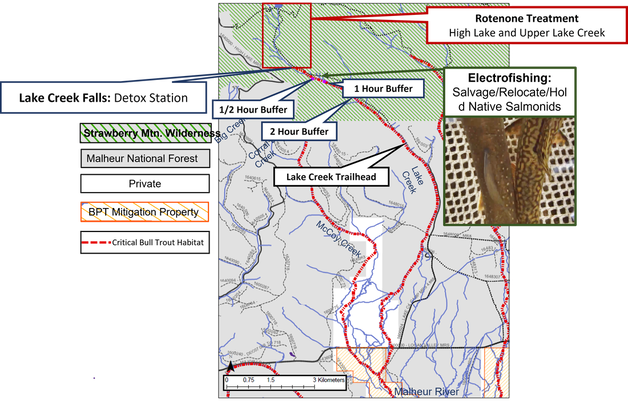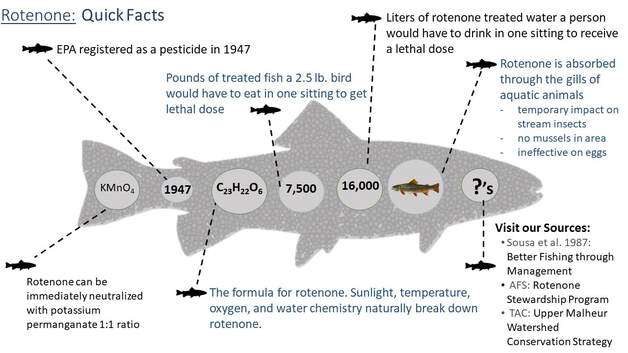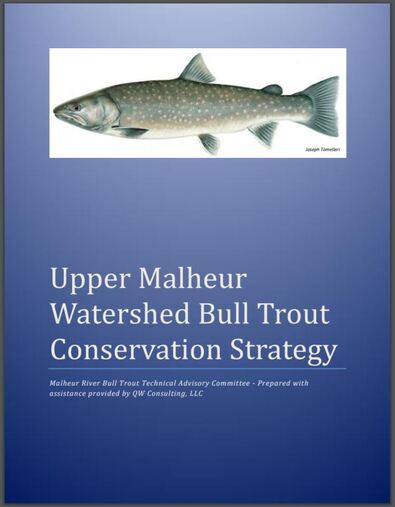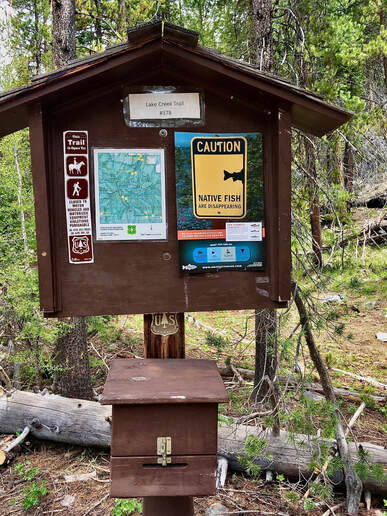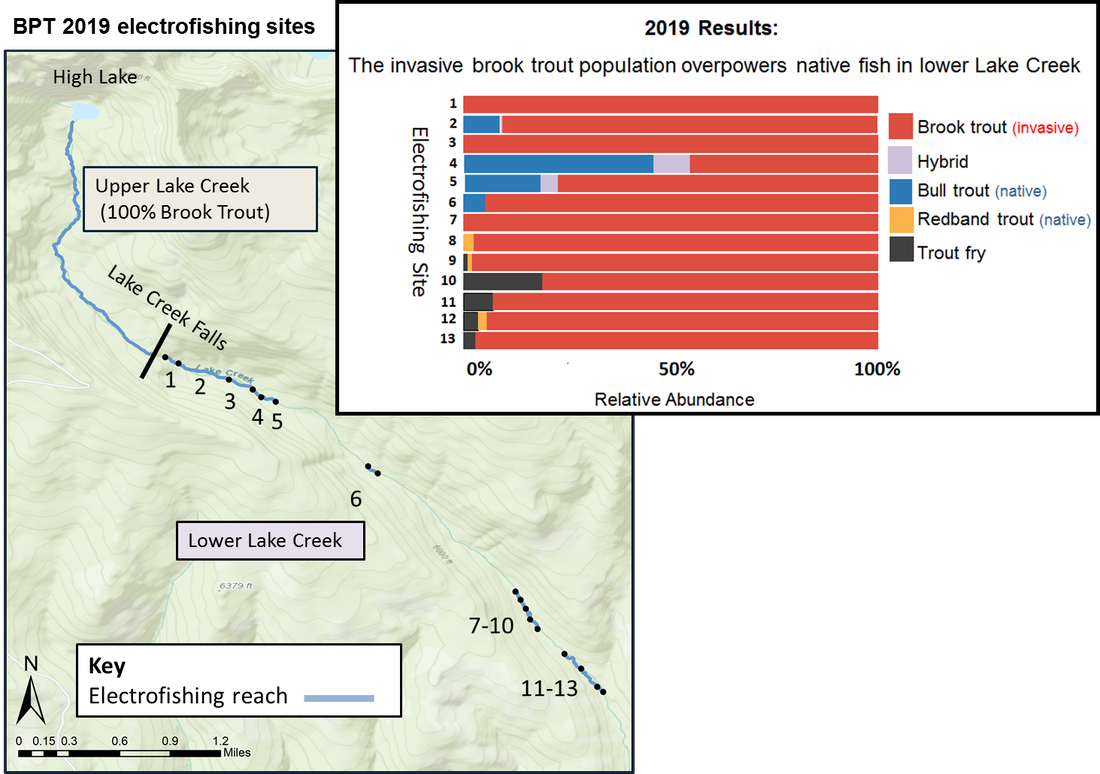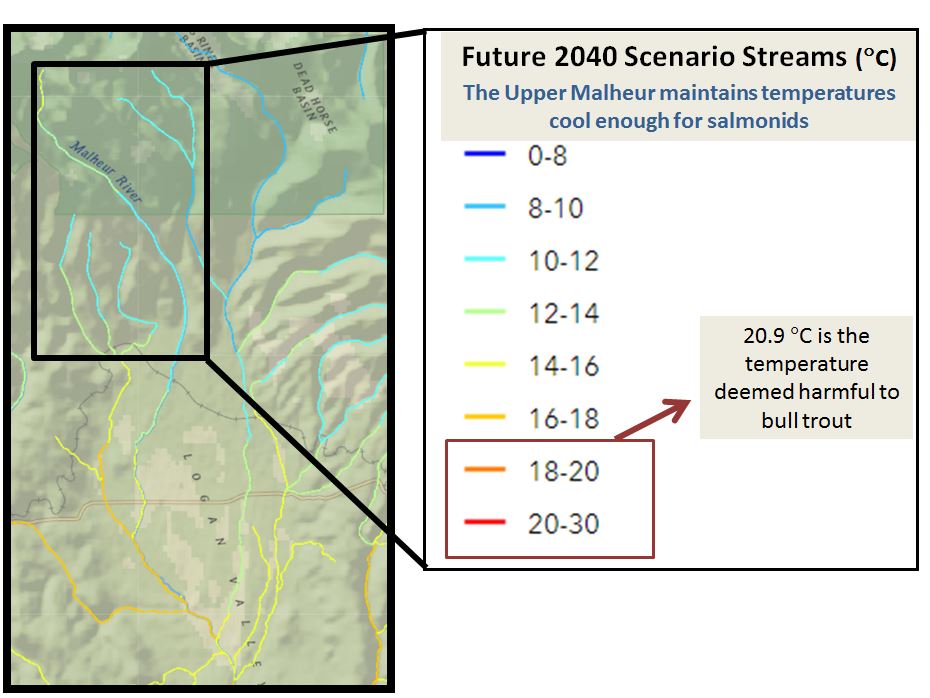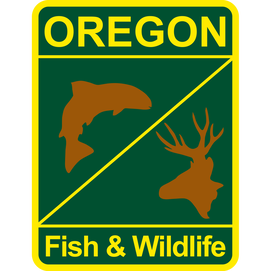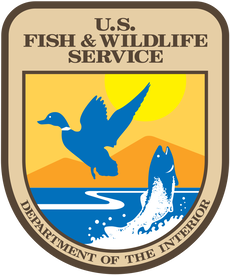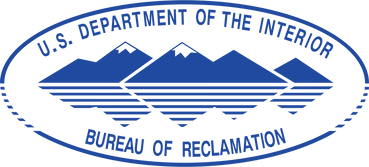Future Management Strategy for Summer 2024
Proposal: Use a common piscicide (Rotenone) to remove 100% of the brook trout in High Lake and Upper Lake Creek
AND then create a quality trout fishery using sterile rainbow trout!
AND then create a quality trout fishery using sterile rainbow trout!
Proposal: Use a common piscicide (Rotenone) to remove 100% of the brook trout in High Lake and Upper Lake Creek
AND then create a quality trout fishery using sterile rainbow trout!
AND then create a quality trout fishery using sterile rainbow trout!
Who? The Malheur River Bull Trout Technical Advisory Committee (TAC)
What? The proposal is to treat High Lake (5.8 acres) and its outflow, upper Lake Creek, downstream to Lake Creek Falls (approximately 1.7 miles) with the naturally derived piscicide rotenone to eradicate invasive Brook Trout. Rotenone is a commonly used fisheries management tool, is quickly broken down by the natural environment, and will be deactivated at the end of the treatment reach. Rotenone has no effect on the ecosystem outside of the aquatic environment and monitoring will be done to document the environmental fate of rotenone and document eradication of Brook Trout to assure aquatic recovery. In addition, salvage operations will be conducted immediately downstream of the deactivation station to relocate native fish from this area to prevent incidental stress or disturbance.
Where? High Lake and upper Lake Creek are located in the Strawberry Mountain Wilderness of the Malheur National Forest in eastern Oregon. Lake Creek combines with Big Creek to form the headwaters of the middle fork of the Malheur River in Logan Valley (16 miles east of Seneca). High Lake is located 6 miles north of Logan Valley at an elevation of 7,500 feet.
Why? Brook Trout are the primary threat to Bull Trout recovery in the Malheur River and outnumber Bull Trout 20:1. Brook Trout are an invasive species of fish from the eastern U.S. that were introduced into High Lake and Lake Creek in the 1930’s. Since then, Brook Trout have colonized all suitable habitat in Logan Valley and outcompete Bull Trout for space and resources as well as hybridizing with Bull Trout. This project seeks to eradicate Brook Trout from their primary source of input into the system where they are the only species of fish present. Besides removing an invasive fish from parts of the Malheur, the goal of this project is to replace the fishery with sterile rainbow trout. . This fishery will be actively managed to create a healthier fishery with multiple size classes. Mechanical removal has proven ineffective at eradicating Brook Trout and other options considered are either not feasible or ill-advised. Rotenone is the only viable option.
When? The treatment is anticipated to take place in the summers of 2024/2025, pending regulatory approval.
How? The lake will be treated with a helicopter fitted with a boom sprayer and the outflow will be treated with ground crews and drip stations. This format increases the chances of success while limiting disturbance in the wilderness. The area will be closed to the public during the treatment but will reopen shortly thereafter.
What? The proposal is to treat High Lake (5.8 acres) and its outflow, upper Lake Creek, downstream to Lake Creek Falls (approximately 1.7 miles) with the naturally derived piscicide rotenone to eradicate invasive Brook Trout. Rotenone is a commonly used fisheries management tool, is quickly broken down by the natural environment, and will be deactivated at the end of the treatment reach. Rotenone has no effect on the ecosystem outside of the aquatic environment and monitoring will be done to document the environmental fate of rotenone and document eradication of Brook Trout to assure aquatic recovery. In addition, salvage operations will be conducted immediately downstream of the deactivation station to relocate native fish from this area to prevent incidental stress or disturbance.
Where? High Lake and upper Lake Creek are located in the Strawberry Mountain Wilderness of the Malheur National Forest in eastern Oregon. Lake Creek combines with Big Creek to form the headwaters of the middle fork of the Malheur River in Logan Valley (16 miles east of Seneca). High Lake is located 6 miles north of Logan Valley at an elevation of 7,500 feet.
Why? Brook Trout are the primary threat to Bull Trout recovery in the Malheur River and outnumber Bull Trout 20:1. Brook Trout are an invasive species of fish from the eastern U.S. that were introduced into High Lake and Lake Creek in the 1930’s. Since then, Brook Trout have colonized all suitable habitat in Logan Valley and outcompete Bull Trout for space and resources as well as hybridizing with Bull Trout. This project seeks to eradicate Brook Trout from their primary source of input into the system where they are the only species of fish present. Besides removing an invasive fish from parts of the Malheur, the goal of this project is to replace the fishery with sterile rainbow trout. . This fishery will be actively managed to create a healthier fishery with multiple size classes. Mechanical removal has proven ineffective at eradicating Brook Trout and other options considered are either not feasible or ill-advised. Rotenone is the only viable option.
When? The treatment is anticipated to take place in the summers of 2024/2025, pending regulatory approval.
How? The lake will be treated with a helicopter fitted with a boom sprayer and the outflow will be treated with ground crews and drip stations. This format increases the chances of success while limiting disturbance in the wilderness. The area will be closed to the public during the treatment but will reopen shortly thereafter.
2023 OUTREACH
BPT and ODFW presented the High Lake and Upper Lake Creek Brook Trout Brook Trout Eradication Plan at public meetings in Harney and Grant County.
Missed the meeting?
BPT and ODFW discussed the proposed project on Harney County Live Radio. Missed it?
Listen to Part 1 :
The impact Brook Trout have on Bull Trout in the Upper Malheur
Listen to Part 2:
The proposed rotenone treatment for High lake and upper Lake Creek
BPT discussed the project on OPB's 'Think Out Loud" - March 27,2023
Listen to the Interview
Stay tuned for similar outreach on the Grant County Morning Radio Show (Dates will be posted soon)
BPT and ODFW are happy to answer any questions - just fill out the Question/Comment form below.
Missed the meeting?
BPT and ODFW discussed the proposed project on Harney County Live Radio. Missed it?
Listen to Part 1 :
The impact Brook Trout have on Bull Trout in the Upper Malheur
Listen to Part 2:
The proposed rotenone treatment for High lake and upper Lake Creek
BPT discussed the project on OPB's 'Think Out Loud" - March 27,2023
Listen to the Interview
Stay tuned for similar outreach on the Grant County Morning Radio Show (Dates will be posted soon)
BPT and ODFW are happy to answer any questions - just fill out the Question/Comment form below.
Common Questions:
|
Why not continue to electrofish?
As discussed in Current Management BPT electrofishing efforts paired with population studies show that mechanical removal efforts can not fully eradicate brook trout. 1) Complex habitat allows for many fish to avoid capture 2) Electrofishing is labor intensive and costly when compared with a rotenone treatment 3) The field season is limited and 4) Age 0 fish avoid capture. It is difficult to target and effectively capture young trout. BPT continues to remove brook trout using electrofishing, but you can see by the 2019 results- brook trout still dominate lower Lake Creek. Lake Creek is a hot spot selected for brook trout removal efforts.
In this figure you see the relative abundance of all fish encountered during the 2019 field season for lower Lake Creek (downstream of Lake Creek Falls). Upstream of the falls is the seed source for brook trout (they are the only fish species) and is entirely electroshocked. Mechanical removal efforts are working to suppress brook trout but rotenone will allow for the recovery of native fish. |
Is it worth it?
YES, scientists out of the Rocky Mountain Research Station have been monitoring stream temperatures throughout the Pacific Northwest. With their robust datasets they have been able to effectively model future stream temperatures anticipating the effects of climate change. Groundwater fed, headwater streams (like the streams in the Upper Malheur) hold the greatest potential to remain cold enough for salmonids - especially if managers focus restoration efforts on these systems. Future summer (August) mean temperatures projected for the Upper Malheur Basin
NorWeST scenarios: Isaak, D.J.; Wenger, S.J.; Peterson, E.E.; Ver Hoef, J.M.; Hostetler, S.W.; Luce, C.H.; Dunham, J.B.; Kershner, J.L.; Roper, B.B.; Nagel, D.E.; Chandler, G.L.; Wollrab, S.P.; Parkes, S.L.; Horan, D.L. 2016. NorWeST modeled summer stream temperature scenarios for the western U.S. Fort Collins, CO: Forest Service Research Data Archive. https://doi.org/10.2737/RDS-2016-0033. |
More Information
The Malheur River Bull Trout
Technical Advisory Committee
Contributing Agencies and Participants
Please click on the agency logo to go to their website for more information
Please click on the agency logo to go to their website for more information
AboutThe Help Native Fish educational materials were created in 2018 to raise awareness about what people who live, work, and recreate near riparian areas can do to help native fish. Currently the materials have been implemented throughout Eastern Oregon.
Our teamThe Technical Advisory Committee of the Malheur River Working Bull Trout Group includes Oregon Department of Fish and Wildlife, Bureau of Reclamation, US Fish and Wildlife Service, the US Forest Service, and the Burns Paiute Tribe. The Technical Advisory Committee is coordinated by the Burns Paiute Tribe Natural Resources Department.
|
Questions about what you can do or want to learn more?
Contact the fisheries manager at the Burns Paiute Tribe by using the contact form below. |
